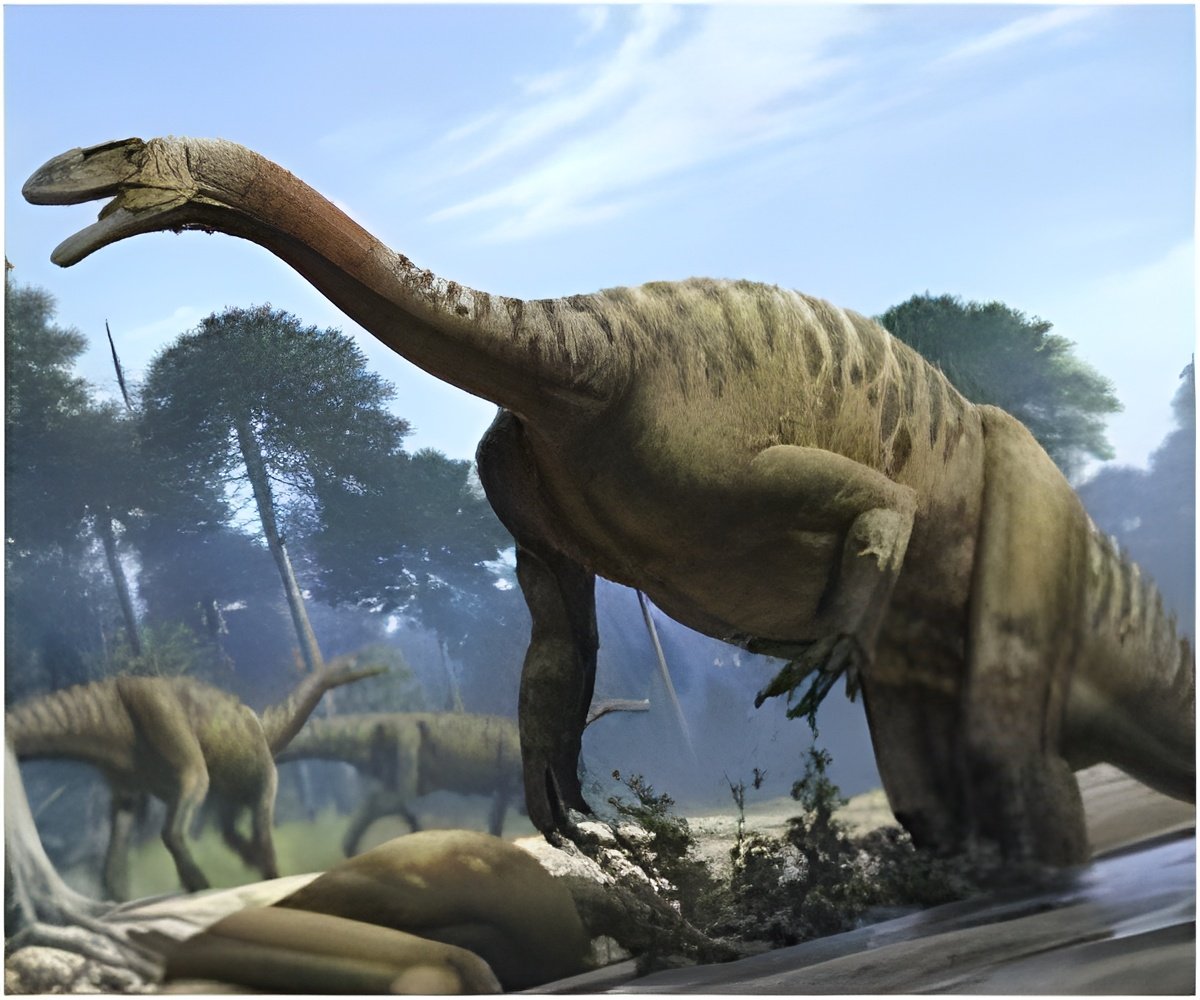
They showed that the branch of theropod dinosaurs which gave rise to modern birds were the only dinosaurs that kept getting inexorably smaller. These bird ancestors also evolved new adaptations (such as feathers, wishbones and wings) four times faster than other dinosaurs.
"Birds evolved through a unique phase of sustained miniaturisation in dinosaurs," says lead author Associate Professor Michael Lee, from the University of Adelaide's School of Earth and Environmental Sciences and the South Australian Museum.
"Being smaller and lighter in the land of giants, with rapidly evolving anatomical adaptations, provided these bird ancestors with new ecological opportunities, such as the ability to climb trees, glide and fly. Ultimately, this evolutionary flexibility helped birds survive the deadly meteorite impact which killed off all their dinosaurian cousins."
The study examined over 1500 anatomical traits of dinosaurs to reconstruct their family tree. The researchers used sophisticated mathematical modelling to trace evolving adaptions and changing body size over time and across dinosaur branches.
The international team also included Gareth Dyke and Darren Naish (both from the University of Southampton) and Andrea Cau (from the University of Bologna and Museo Geologico Giovanni Capellini).
Advertisement
The study concluded that the branch of dinosaurs leading to birds was more evolutionary innovative than other dinosaur lineages. "Birds out-shrank and out-evolved their dinosaurian ancestors, surviving where their larger, less evolvable relatives could not," says Associate Professor Lee.
Advertisement








